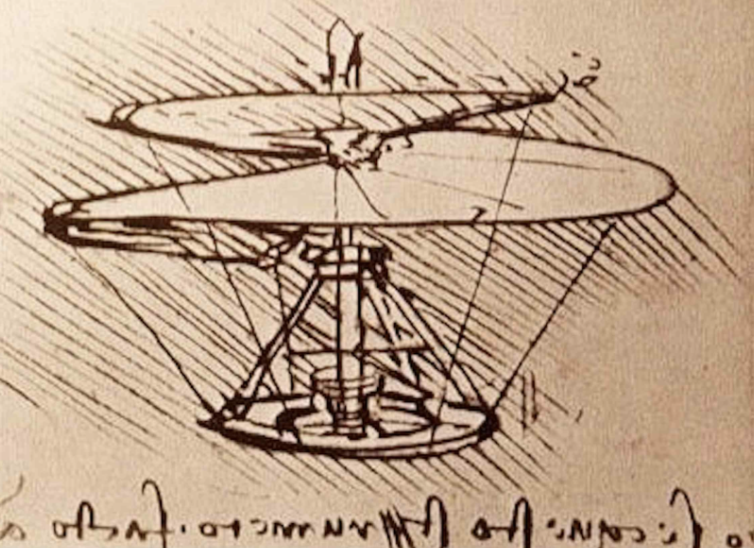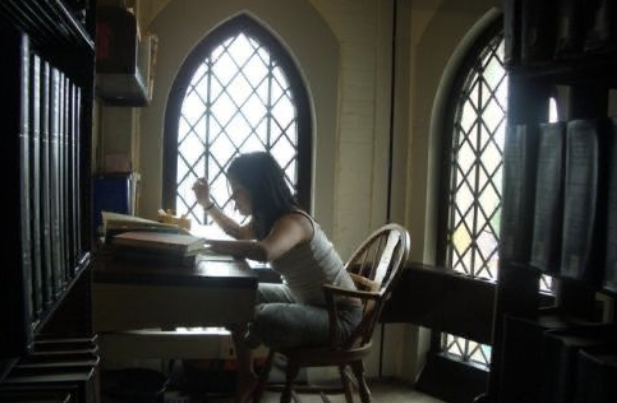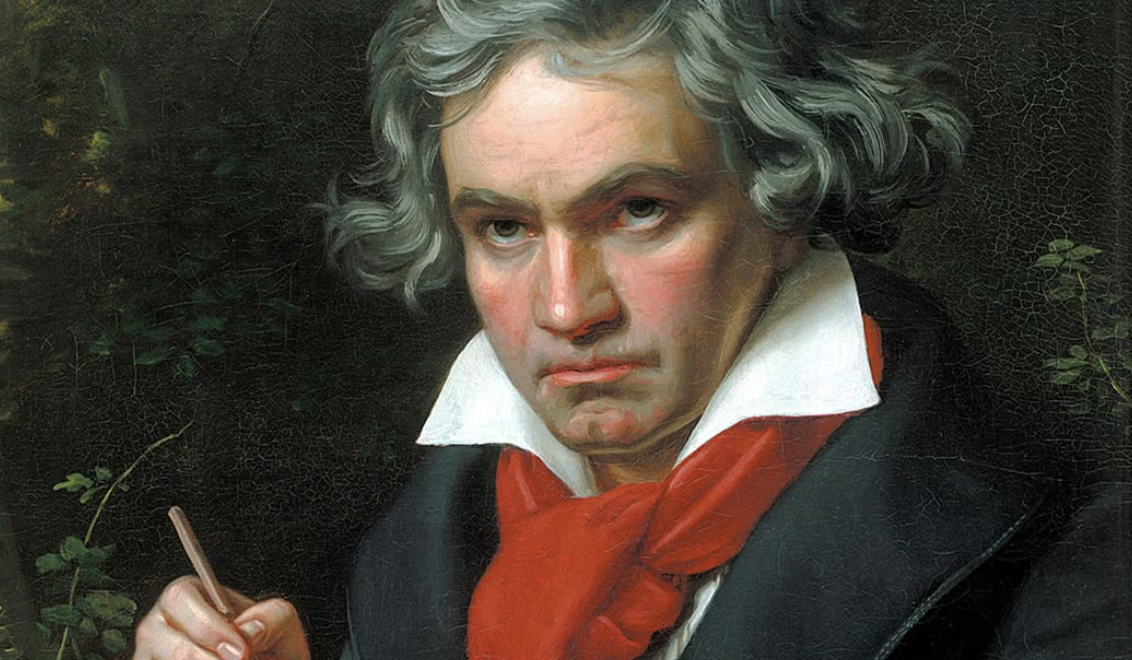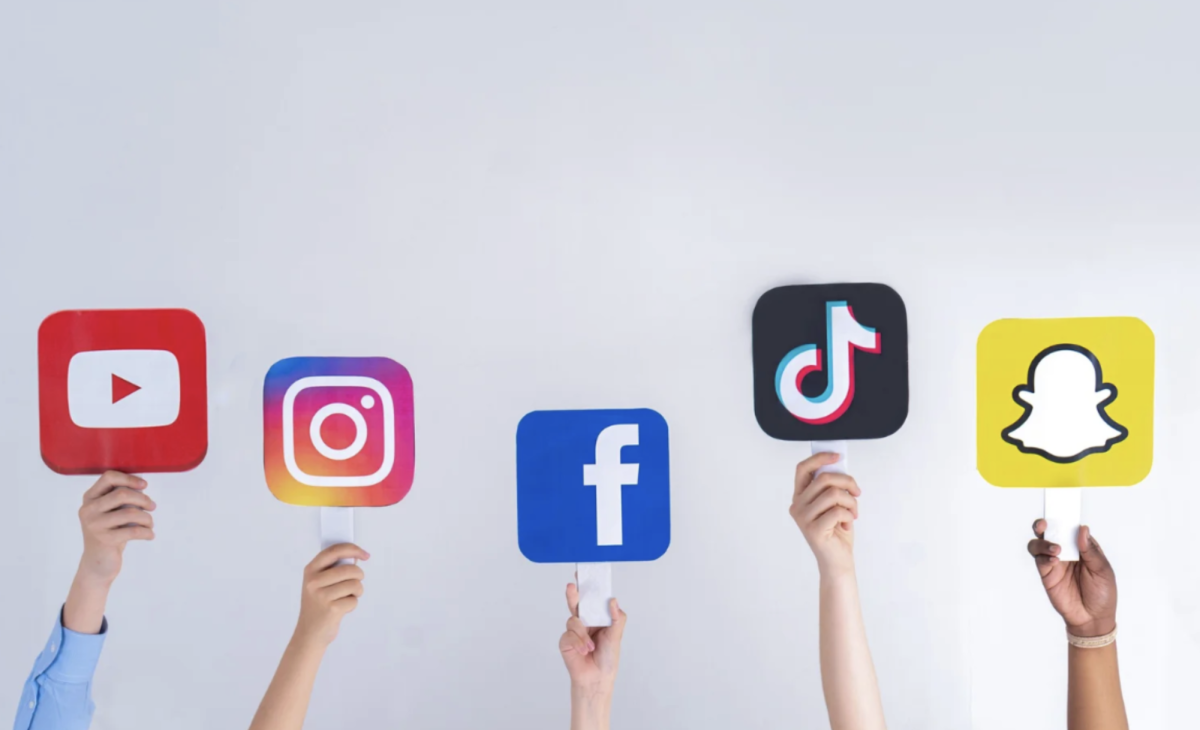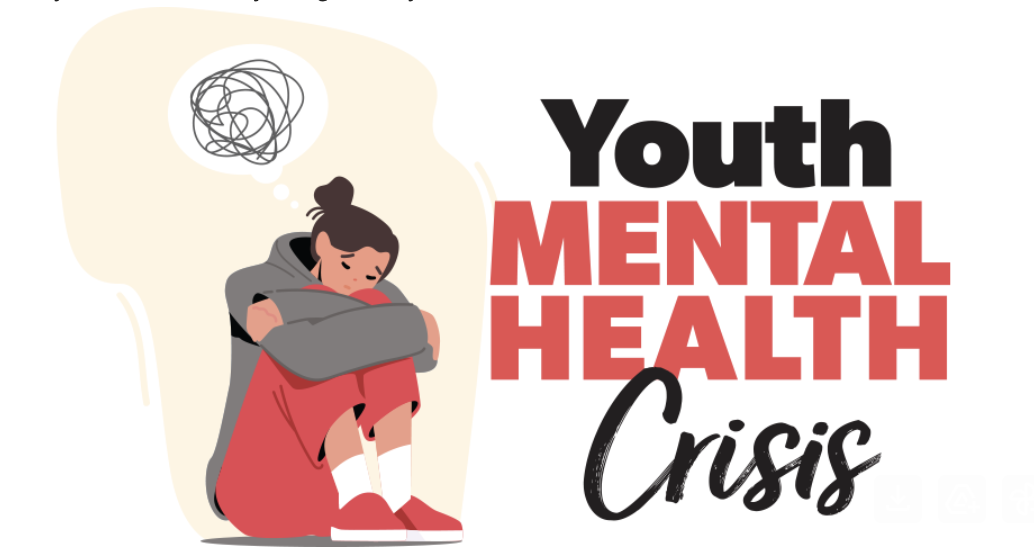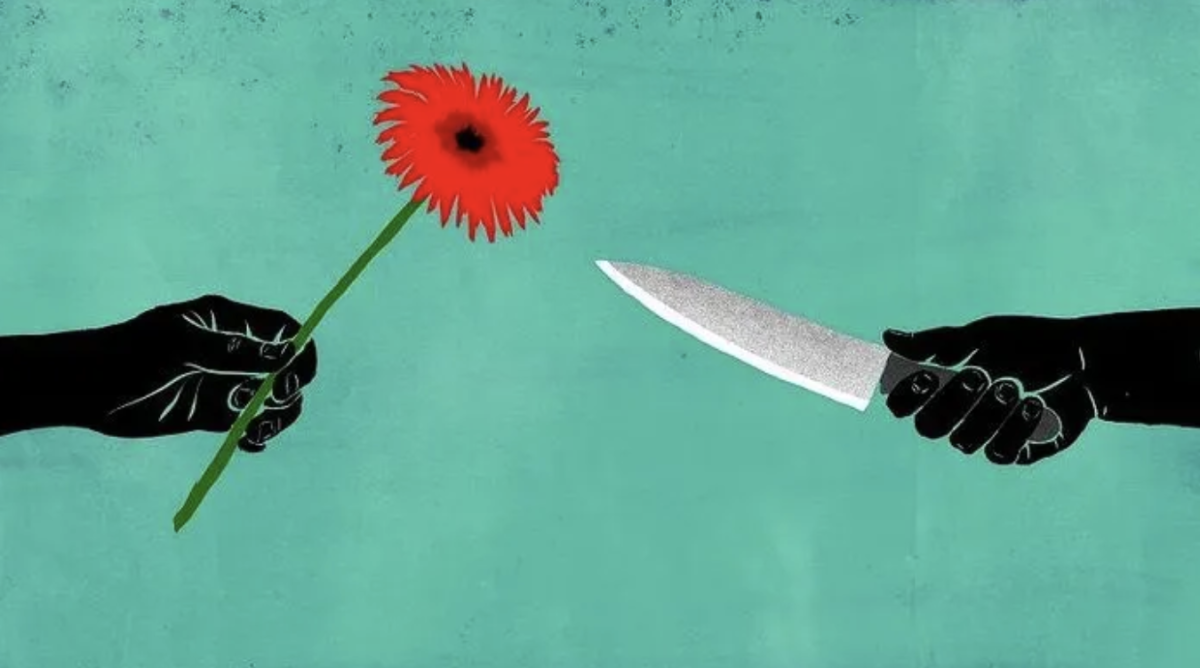The power of self-expression has often been utilized by politicians, artists, leaders, and changemakers alike. Historically, the first uses of art for ”artistic behavior” are believed to have originated in Africa before worldwide human dispersal. Many great traditions in art have a foundation in the art of one of the great ancient civilizations: Ancient Egypt, Mesopotamia, Persia, India, China, Ancient Greece, Rome, as well as Inca, Maya, and Olmec.
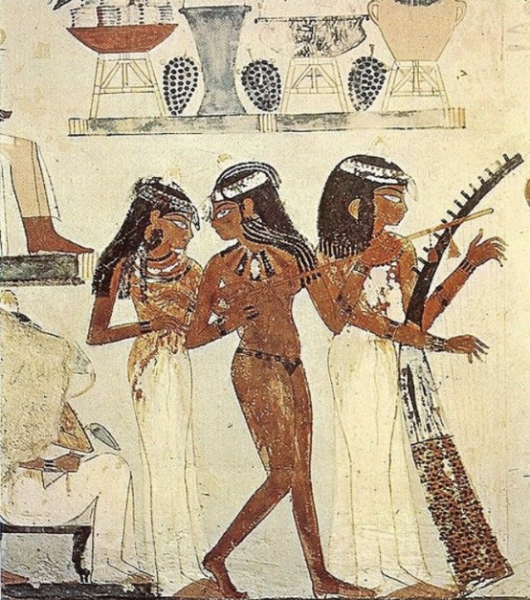
Three Female Musicians from the Tomb of Nakht – XVIII Dynasty 1450 B.C
Interestingly, the origin of art predates writing and language. However, when we discuss outlets for advocacy and social activism, we immediately turn to the polarising pieces of literary and verbal documentation that have shaped our civilization, such as Martin Luther King’s historic ”I Have A Dream Speech’‘ or Mary Wollstonecraft’sWollstonecraft’s A Vindication of the Rights of Woman (1792). Yet, this myopic approach undermines the power that art has had on our society, politics, human rights, and culture, both in our traditional and contemporary civilization.
Indeed, advocacy through art could be analyzed contextually and era-specific. In the case of Frankie Lymon, an African-American singer-songwriter in the 1950s, his performance of the notable song “Little Bitty Pretty One” for a predominantly white American audience elicited a divisive reaction. Many in the crowd were reluctant to sing along with an African-American artist due to segregation laws and prevalent prejudiced attitudes. It can be inferred that this 1950s performance, specifically through singing, symbolized the power of the stage to unite diverse perspectives and reveal underlying racist attitudes in a 20th-century audience.
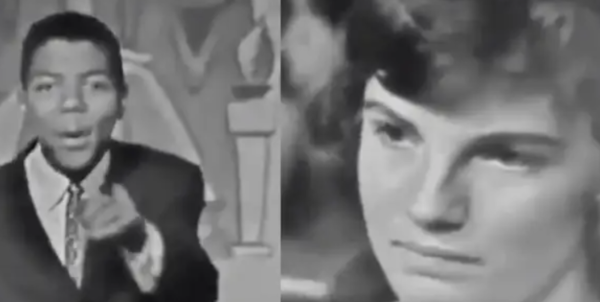
Frankie Lymon performing “Little Bitty Pretty One” live on stage; a “Jim Crow Karen” Screenshot: Twitter
However, it would be inaccurate and flawed to suggest that the need for advocacy through art has diminished. Now, more than ever, our society needs a united platform to blend differing perspectives and maintain a healthy discourse on our current state of society. Interestingly, as our society has become more dependent on technology in our personal lives, namely social media, it has also become a dominating global stage for political discourse to unravel. In fact, recent 2024 research from PEW Research Organisation found that a smaller share of those who post about politics (45%) say it’s because politics belongs on Instagram. Advocacy through social media could perhaps be a hindering factor in the stifled development and undermined outlet of tangible art as a powerful resource.
Though these are polarising contemporary examples of ongoing contributions and organizations driving change through art, a more holistic approach to advocacy through art could be shedding light on pre-historical examples that paved the way.
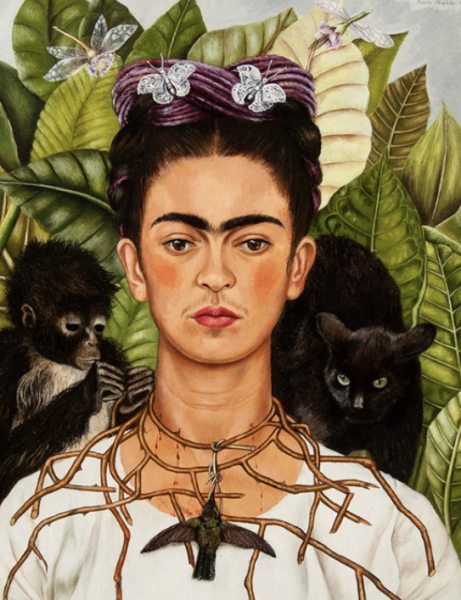
Frida Kahlo (Mexican, 1907–1954), Untitled [Self-portrait with thorn necklace and hummingbird], 1940. Oil on canvas mounted to board. Nickolas Muray Collection of Mexican Art, 66.6 © 2020 Banco de México Diego Rivera Frida Kahlo Museums Trust, Mexico, D.F. / Artists Rights Society (ARS), New York.
Frida Kahlo, born of Mexican descent in 1907, offered a more masculine and less ”stereotypically female” or ”Eurocentric” way of creative expression. Frida’s works provided vital autobiographical elements mixed in with elements of fantasy. In the same year Friday was born,1907, many female-led movements took place globally. One, for instance, was the February 7th “Mud March,” which was the first large procession organized by the National Union of Women’s Suffrage Societies taking place in London. Indeed, Frida has been very vocal about her intent behind one of the most polarising portraits that have single-handedly redefined femininity in the 20th century.
“I want freedom for the full expression of my personality.“
Frida’s role in intersectional feminist history is undeniable. Her work, which is still studied today, perhaps unintentionally criticized the societal roles expected of women at the time due to her unapologetic nature for expression or direct criticisms of herself from her philanthropist contributions. Frida Kahlo changed the world through her art. By exploring profoundly personal and emotional issues, she ushered in a new wave of artists who used art to explore their own experiences, particularly those that seemed to escape expression through words.
Both new and well-established organisations have recognized this urgency. “Do You Know Where The Children Are,” founded in 2018 by activists and artists, is an exhibition in New York City that addresses the ongoing critical existential crises in migration and climate change, which are affecting the most vulnerable–accompanied immigrant children and their families.
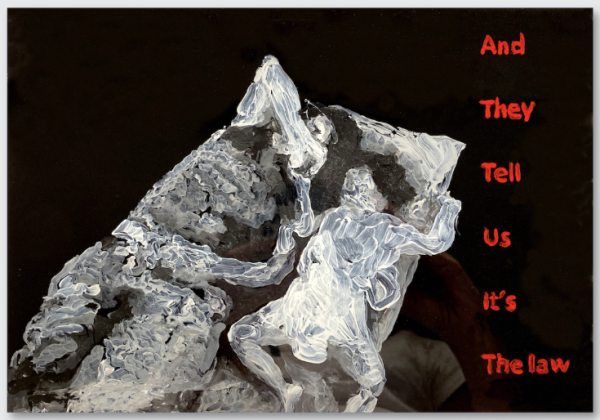
Jesse Presley Jones, “And they tell us it’s the law” (2019), paint on glass, 8 x 12 inches (copyright Jesse Presley Jones) (all images courtesy of DYKWTCA, Mary Ellen Carroll, and Lucas Michael)
As art becomes more meaningful and poignant in our globalized world’s digestion of politics, the economy, and activism, our attention is turned to ensuring art is accessible to individuals from all walks of life. Encouraging creative expression in liberal and performing arts within classroom settings and curricula may be just one of the ways in which art literacy, a growing phenomenon, prospers.
Art as a medium to change the world should not be underestimated today. 21st-century art is our emerging outlet to influence generations before us for the better. As traditional art, in all mediums, has and continues to impact nations, so should we. I encourage our readers to expand their worldview by consuming underfunded or emerging artists’ work wherever they find their media. With regards to broadening your media repertoire, I will provide a list of organizations to get you started below.
Sources and recommended reading:
- https://youngarts.org/
- https://blackartforms.com/#artists
- https://nmwa.org/support/advocacy/#:~:text=Contact%20the%20gallery%20or%20museum,show%20more%20work%20by%20women
- https://www.slam.org/teachers-students/educator-resource/art-as-advocate/
- https://artsnow.org/art-speaks-using-art-for-advocacy/
- https://cpj.ca/the-power-and-hope-of-art-in-advocacy/
- https://www.cuanschutz.edu/centers/bioethicshumanities/arts-and-humanities/art-as-advocacy
- https://dykwtca.com/#:~:text=(Do%20You%20Know%20Where%20The%20Children%20Are%3F)&text=Started%20in%202018%20by%20the,directly%20impact%20the%20most%20vulnerable
- https://www.pewresearch.org/internet/2024/06/12/how-instagram-users-view-experience-the-platform/
- https://www.theguardian.com/artanddesign/2023/jun/23/lost-portrait-allegorical-painting-of-two-ladies-compton-verney
- https://britishart.yale.edu/exhibitions-programs/call-papers-puritan-picture-vanity-morality-and-race-seventeenth-century




